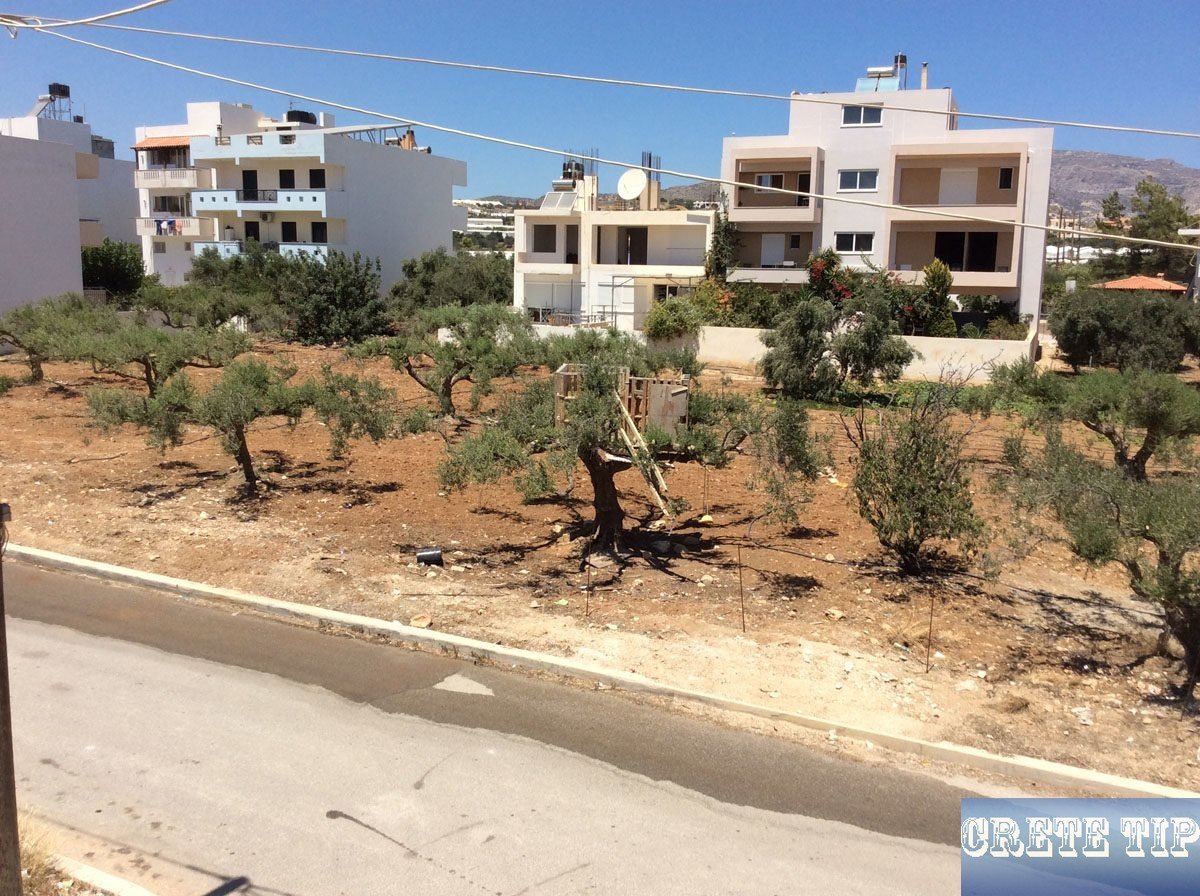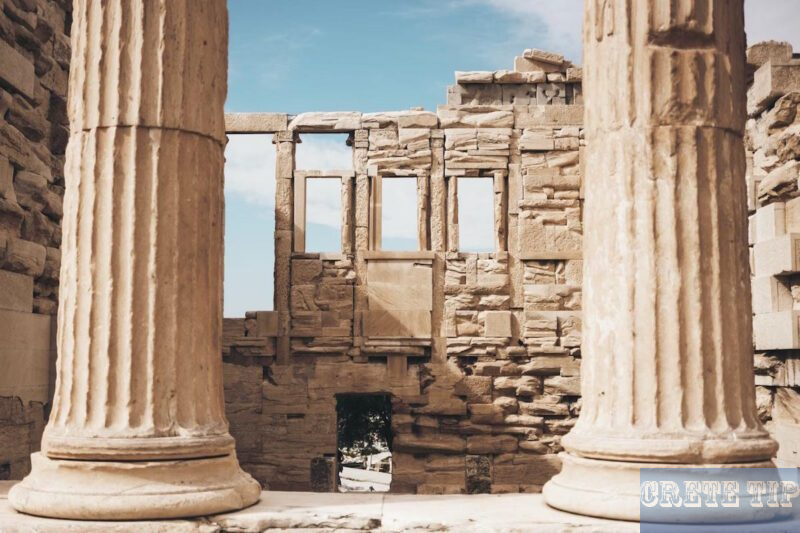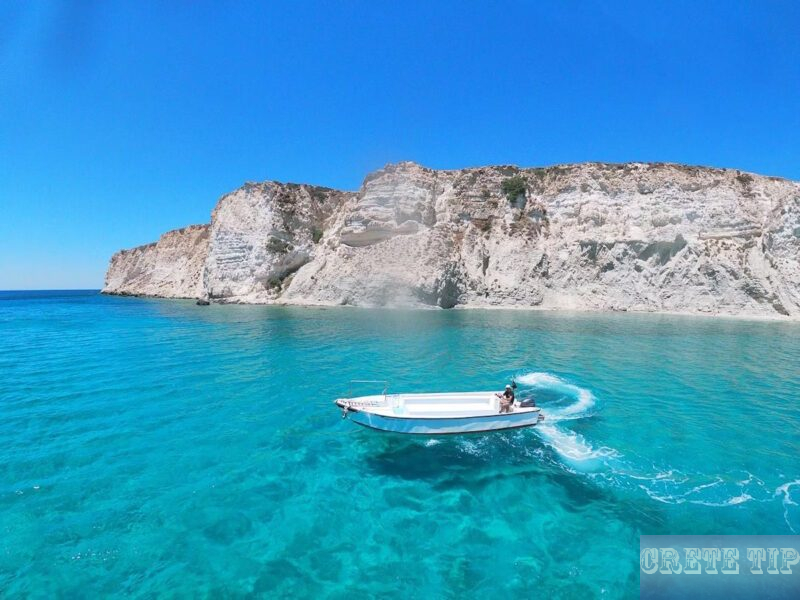Austrian tourist dies in the Patsou Gorge, body of Israeli author found by the sea, fainting spell in the heat on the way to Balos Beach: tips on how to avoid ending up on this list.
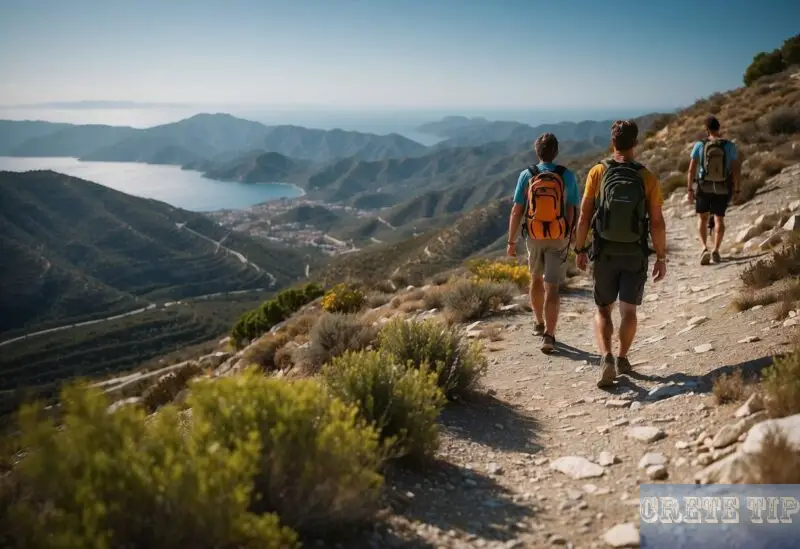
Following the recent incidents involving a German hiker found dead in Samaria Gorge and Two more tourists dead, fate has struck again.
It is striking that every year, especially at a time when there is a significant increase in tourism, which usually coincides with the first extreme heat waves, the number of deaths among visitors to the island, especially older visitors, increases.
The cause is often an underestimation of the summer heat here, coupled with carelessness and ignorance of the climate, nature and landscape, especially when travelling at midday and without sufficient water.
Austrian tourist dies in the Patsou Gorge (Rethymno)

A 67-year-old Austrian tourist died after a serious fall during a hike in Patsou Gorge, Rethymno. The accident happened just before 5 p.m.—she reportedly slipped and fell about ten metres down a slope.
The injuries were severe, leaving her in critical condition. Emergency services moved fast, with four fire vehicles from Rethymno, Spili, and Perama, plus a rescue team from EMODE, reaching the scene.
Rescuers carried her to the gorge’s exit, where an EKAV ambulance waited. Despite everyone’s efforts, she died during the transfer to the hospital.
The fire department reported the operation on Twitter, mentioning 14 firefighters and three vehicles involved in the tough rescue. The terrain there is no joke—retrieving someone from that spot takes serious coordination.
Key Facts |
Details |
|---|---|
Victim Age |
67 years old |
Nationality |
Austrian |
Incident Location |
Patsou Gorge, Rethymno, Crete |
Time of Incident |
Tuesday, just before 5:00 p.m. |
Rescue Team Involved |
Fire Service, EMODE, EKAV |
Number of Firefighters |
14 |
Number of Fire Vehicles |
4 vehicles (3 firefighting trucks) |
Cause of Death |
Serious fall; possible cardiac arrest or severe trauma |
Transport |
Ambulance to Rethymno Hospital |
The cause of the fall is still being looked into. Maybe it was just bad luck, or perhaps a sudden health issue triggered the accident.
Patsou Gorge is notorious for tough terrain. Hikers are always told to be extra careful—slips can have serious consequences, and rescues out there are complicated.
For more details, check the reports from Neakriti or Newsbomb.
Body of Israeli author found by the sea near Gournia

The body found at sea near Gournia in Lasithi has been identified as 65-year-old Israeli author Mikel Pelek. The discovery happened on Tuesday, 10 June 2025, six days after she went missing in Ierapetra.
A local resident came across the body near the Monastery of Panagia Faneromeni while feeding stray dogs. Authorities responded quickly, and Pelek’s nephew confirmed the identification.
Timeline of Events
Date |
Event |
|---|---|
5 June 2025 |
Mikel Pelek reported missing in Ierapetra. |
6-9 June 2025 |
Large-scale search operations underway. |
10 June 2025 |
Body found in the sea near Gournia area. |
Search and Rescue Operation
The search involved a lot of coordination. Over 10 firefighters from EMΑΚ, the “Icarus” helicopter, search and rescue dogs, drones, and volunteers—including Israeli teams and the Red Cross—all pitched in.
They covered tough, rugged areas around Kavousi and nearby regions. Greek and Israeli authorities worked together throughout.
Details of the Discovery
- Location: Near the Monastery of Panagia Faneromeni, a local landmark.
- Who found her: A resident out feeding stray dogs.
- Condition: The body was floating at sea.
- Identification: Confirmed by a family member.
Next Steps
A post-mortem is planned to figure out the exact cause of death. Until then, people are left guessing, but the focus is now on giving the family answers.
Read the full story at tragic end in Ierapetra.
Fainting spell in the heat triggers alarm at the fire station
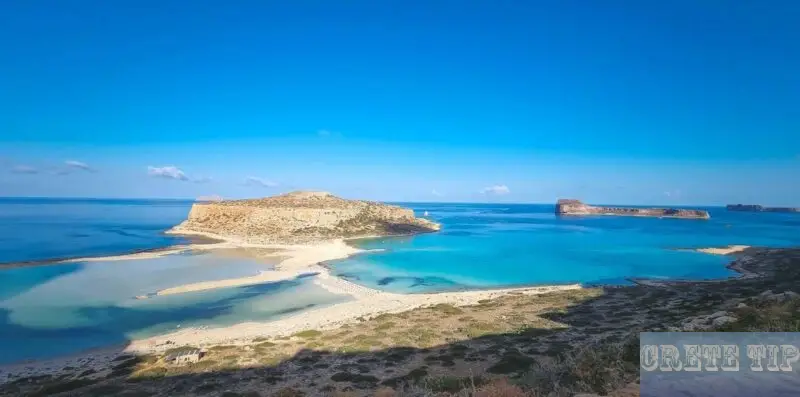
The fire brigade in Crete often ends up rescuing tourists who get into trouble on the island’s trails. Sometimes it’s just unfamiliarity with the landscape, other times it’s exhaustion—or maybe both.
Take Monday, for example. A female tourist fainted on the Balos trail, overwhelmed by the heat and the climb.
Rescue Response
- The fire brigade got the call right away.
- Two fire engines and six firefighters headed out.
- Teams tracked her down at a remote spot.
- She was conscious when they found her.
- Firefighters handed her off to EKAB paramedics for further care.
Factors Contributing to Fainting on Trails
- High temperatures—it’s easy to get heat exhaustion out there.
- Physical exertion—hiking tough trails without preparation is risky.
- Lack of knowledge—not knowing what you’re up against only makes things worse.
Safety Recommendations for Hikers in Crete
Tip |
Explanation |
|---|---|
Carry sufficient water |
Prevent dehydration under hot conditions |
Wear appropriate clothing |
Light, breathable fabrics to combat heat |
Know the trail |
Study maps and difficulty levels beforehand |
Avoid hiking in peak sun hours |
Early morning or late afternoon preferred |
Inform others about plans |
Ensure help can be summoned if needed |
Fire brigade teams stay on alert during tourist season, especially for emergencies in hard-to-reach areas. Their quick action can make all the difference when someone faints or gets sick on a hike.
It’s a reminder: don’t underestimate Crete’s natural landscapes, especially in the heat. Know your limits and ask for help if you need it—seriously, it’s not worth the risk.
Want more info on fainting and how to spot the warning signs? Here’s a detailed discussion on fainting.
Most of us love summer, but high temperatures are a problem
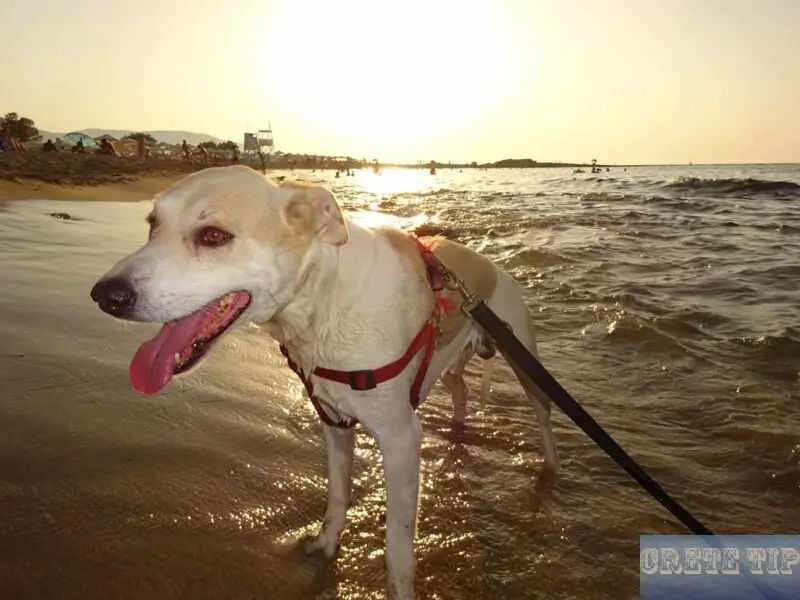
Summer in Greece—what a vibe. Bright sunshine, those endless blue skies, and the kind of warmth that makes you want to do nothing but lounge by the sea or wander tiny whitewashed villages.
But let’s be honest, the heat can get brutal. With climate change, it sometimes feels like the sun’s got something to prove, so paying attention to your health isn’t just smart—it’s necessary.
Key factors to manage during the summer include:
-
Temperature and exposure: Between 11 am and 4 pm, the sun is at its fiercest. It’s wise to keep out of direct sunlight during these hours—nobody wants a heatstroke on holiday.
-
Grab a wide-brimmed hat, throw on some sunglasses, and don’t be shy about carrying an umbrella for shade. A bit dramatic? Maybe. Effective? Definitely.
-
Skin protection: Sunscreen isn’t just for the cloudless days; UV rays don’t care if it’s overcast. Reapply often, especially if you’re swimming or sweating like crazy.
-
Hydration: Water, water, and more water. It’s easy to forget, but dehydration sneaks up fast when the mercury climbs.
-
Skip the alcohol, sugary sodas, and caffeinated stuff—they’re not doing you any favours in the heat. Cooler, caffeine-free drinks are your best bet.
-
Diet: Stick to light meals and load up on fresh fruits and veggies. Heavy, greasy food just feels wrong when it’s scorching out.
-
Vulnerable groups: Kids, babies, older folks, and anyone with chronic illnesses need extra attention. These groups are more likely to struggle with the heat.
-
Medication considerations: Some meds can mess with your body’s ability to keep cool or make you burn faster in the sun. If you’re unsure, ask your doctor and keep an eye out for any weird symptoms.
-
Symptoms and first aid: Dizziness, headaches, a racing heart, feeling weak, or nauseous? Those are red flags. If someone’s in trouble, get them to a cool spot, offer water, and don’t hesitate to call for help.
Practical measures to cope with the summer heat:
Measure |
Description |
|---|---|
Wear a hat |
Protects the head and face from direct sunlight |
Use sunglasses |
Shields eyes from UV rays, preventing damage and discomfort |
Apply sunscreen |
Use a high-SPF product generously and often |
Stay hydrated |
Drink plenty of water; avoid alcohol and sugary drinks |
Choose light clothing |
Wear breathable, light-coloured clothes |
Avoid peak sun hours |
Minimise exposure between 11 am and 4 pm |
Reduce unnecessary travel |
Limit movement to essential activities |
Eat light meals |
Prefer fruits, vegetables, and modest portions |
Take breaks in the shade |
Seek cool, shaded areas frequently |
Monitor vulnerable individuals |
Observe children, elderly, and chronically ill closely |
It’s no secret that climate change is making heatwaves nastier and more common. So, yeah, being ready and a little cautious is just part of summer now.
Still, if you’re mindful—wearing sun hats, slathering on sunscreen, sipping water, and ducking out of the midday blaze—you can soak up the best of a Greek summer and keep yourself safe.
Want more tips for handling the heat and sun in Greece? There’s a full article on high temperature precautions that goes into detail.
Frequently Asked Questions
What are the essential survival tips for high-temperature environments?
- Stay in the shade as much as possible to avoid direct sun exposure.
- Limit physical activity during the hottest parts of the day.
- Use sunscreen to protect skin from burns.
- Take regular breaks to cool down.
- Avoid alcohol and caffeine as they can lead to dehydration.
- Keep an eye on vulnerable people like children and the elderly.
How should one stay hydrated in extremely hot climates?
- Drink plenty of water regularly, even if not feeling thirsty.
- Avoid sugary, caffeinated, or alcoholic drinks as they cause fluid loss.
- Eat foods with high water content, such as fruits and vegetables.
- Monitor urine colour: light yellow indicates proper hydration.
- Carry water at all times when outdoors.
What are the recommended clothing and gear for survival in high heat?
- Wear loose, lightweight, and light-coloured clothing to reflect heat.
- Use wide-brimmed hats to protect the face and neck from the sun.
- Sunglasses with UV protection help shield the eyes.
- Footwear should be breathable and protect from hot surfaces.
- For infants, keep arms and legs uncovered and avoid tight clothing or nappies.
Can you identify signs of heat-related illnesses to be aware of?
Illness |
Key Symptoms |
Action Required |
|---|---|---|
Heat exhaustion |
Heavy sweating, weakness, cold skin, nausea |
Move to shade, drink water |
Heat stroke |
Hot, dry skin, confusion, loss of consciousness |
Seek emergency medical help |
Dehydration |
Dizziness, dry mouth, dark urine |
Rehydrate immediately |
Sunburn |
Red, painful skin |
Use cool compresses, moisturise |
What is the best strategy for finding shelter in areas with intense heat?
- Seek natural shade such as trees or caves.
- If outdoors for long periods, create shade using tarps or cloth.
- Shelter should allow airflow to aid cooling.
- Avoid enclosed spaces that trap heat.
- Whenever possible, stay indoors during peak heat hours.
How can one effectively manage food and resources during a heatwave?
- Keep perishable foods tucked away in a cool, shaded spot, or just stick them in the fridge if you’ve got one handy.
- Go for small, more frequent meals—think stuff with plenty of water in it, like fruits or salads.
- Skip heavy or piping hot meals since those just make you feel warmer (and honestly, who wants soup in a heatwave?).
- Be mindful about water use, especially if you’re worried about running low.
- Canned or dried foods are your friends—they last longer and don’t fuss about the heat.

